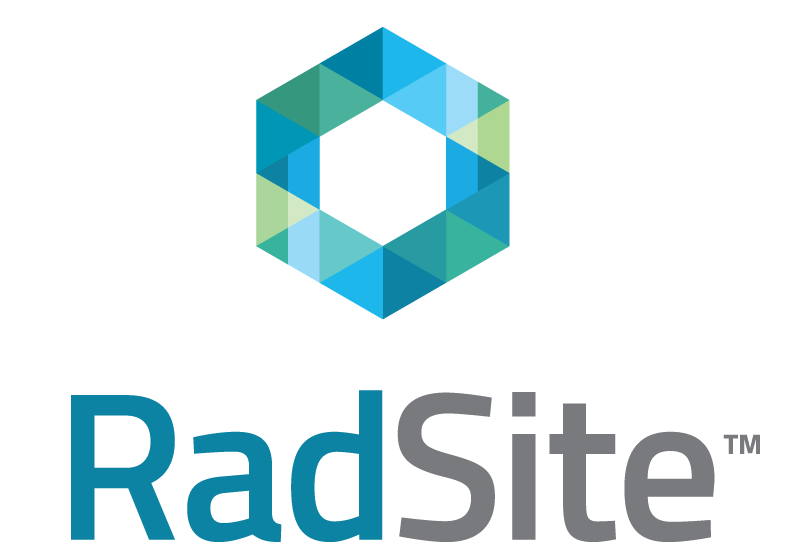Nuclear stress test is an imaging method that uses radioactive material to show how well blood flows into the heart muscle, both at rest and during activity. A stress echocardiography, also called an echocardiography stress test or stress echo, is a procedure that determines how well your heart and blood vessels are working. During a stress echocardiography, you'll exercise on a treadmill or stationary bike while your doctor monitors your blood pressure and heart rhythm.
In-Office Testing
ABI (Ankle-Brachial Index)
The ankle-brachial index test is a quick, noninvasive way to check for peripheral artery disease (PAD). The disease occurs when narrowed arteries reduce the blood flow to your limbs. The ankle-brachial index test compares the blood pressure measured at your ankle with the blood pressure measured at your arm.
Echocardiogram
An echocardiogram (echo) is a graphic outline of the heart's movement. During an echo test, ultrasound (high-frequency sound waves) from a hand-held wand placed on your chest provides pictures of the heart's valves and chambers and helps the sonographer evaluate the pumping action of the heart.
Accredited Stress Testing
Pacemaker / ICD Device Monitoring
A Pacemaker or Defibrillator helps regulate a slow heartbeat or treat life threatening heart arrhythmia. We monitor this for you in office and from the comfort of your home.
Electrocardiogram (ECG)
An ECG records electrical signals and can help your doctor detect irregularities in your heart's rhythm and structure. You may have an ECG while you're at rest or while exercising (stress electrocardiogram.
Holter Monitoring
A Holter monitor is a portable device you wear to record a continuous ECG, usually for 24 to 72 hours. Holter monitoring is used to detect heart rhythm irregularities that aren't found during a regular ECG exam.
EECP (Enhanced External Counter Pulsation) Treatment
EECP is considered a non-invasive treatment for angina and other cardiovascular conditions to help lessen the intensity and number of episodes. During treatment, the patient lies with cuffs similarly used for blood pressure wrapped around the buttocks and legs. These cuffs inflate and deflate at particular times between heartbeats.
Varicose Vein Treatments
There are several treatment options available once you are diagnosed with varicose veins:
- Exercise and raising your legs while seated can help ease pain. Compression stockings may also be used to squeeze the legs and help blood move better within the veins and muscles of the legs.
- There are several procedures or surgeries that can also be used, such as:
- Sclerotherapy, which involves your healthcare provider injecting a fluid that scars and closes the veins. Treated veins should fade, but may need to be injected more than once.
- Laser Treatment makes the veins slowly fade and disappear, with no cuts or needles being used.
- Varithena Treatment, they inject foam into the vein and this collapses it. This is used as another option the radio frequency. One injection versus multiple injection sites
- Larger varicose veins require Catheter-based procedures using radiofrequency or laser. A catheter or thin tube is inserted into the varicose vein and then the tip is heated by radiofrequency or laser. The heat causes the vein to collapse and shut once the catheter is removed.

